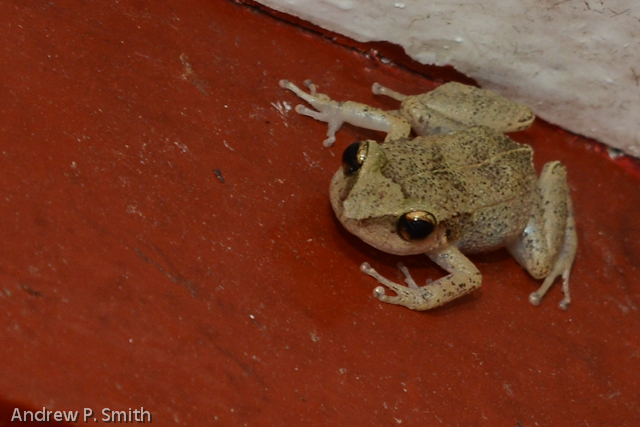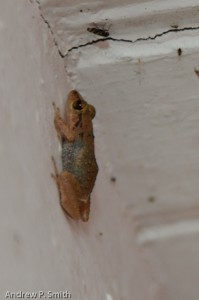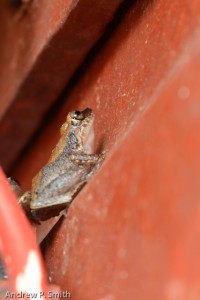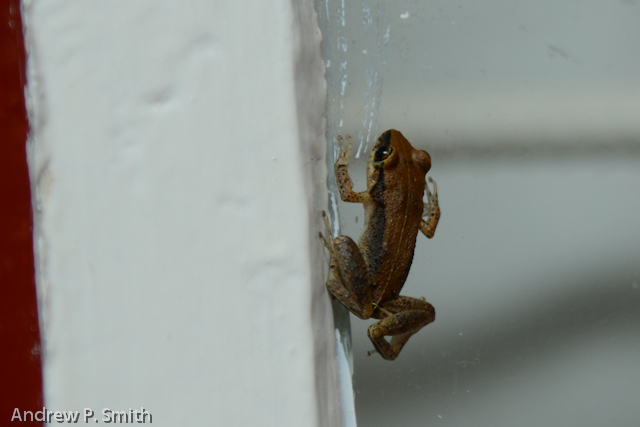Last Saturday I took a group of students to the Palisadoes strip, a tombolo that connects the old pirate town of Port Royal to Kingston. The aim was for them to gain a greater appreciation for the qualities of natural outdoor light and also for them to photograph creatively, applying compositional and lighting guidelines on a beach at sunrise by Plumb Point. However that morning I came across a discovery that I had not seen before, although I have been taking photography students here over several years.
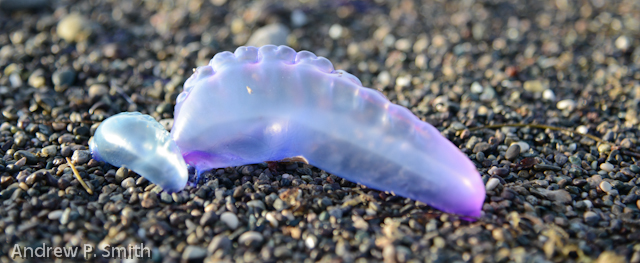
A Portuguese-Man-of War on a beach on the Palisadoes Strip.
While simultaneously keeping an eye on the group and giving them individual advice one of the students walked up to me from the beach with two plastic-looking objects in his hands and asked me “what are these?” I admitted that I had no clue, but I found them highly photogenic. I then messaged the family’s resident zoologists who eventually informed me that they were Portuguese Man-of-Wars. Big brother then added “they sting very bad. Even after death”. I wish I had known that BEFORE I picked them up to compose them ‘just right’. In spite of popular belief, the Portuguese Man-of-War is not a jellyfish but is in fact a colony of organisms known as a siphonophore. The gas-filled bladder (pneumatophore) is normally above water and below are the venomous tentacles, composed of nematocysts. For more information, you can check this National Geographic page.
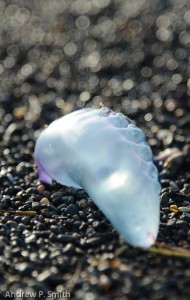
Another one of many
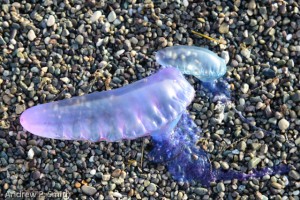
With tentacles attached.
Fortunately the two found by my student did not have their tentacles attached, where their sting is housed. However, as I walked along the beach I noticed quite a few more, some which did have their tentacles.Yes, I did photograph all of them, challenging myself to be as creative as I expect my students to be.
Later on I found out that it is quite common for Portuguese Man-of-Wars to be beached and when this happens, public warnings are made in order to avoid any fatalities. I have never heard of such a warning in Jamaica, which highlights the need for such public education.
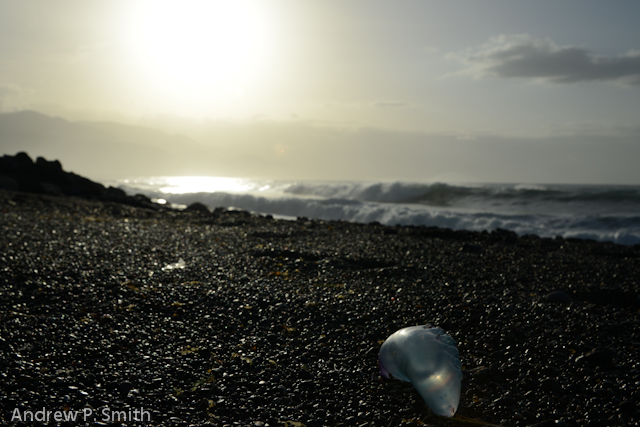
- Attempt at composition.
